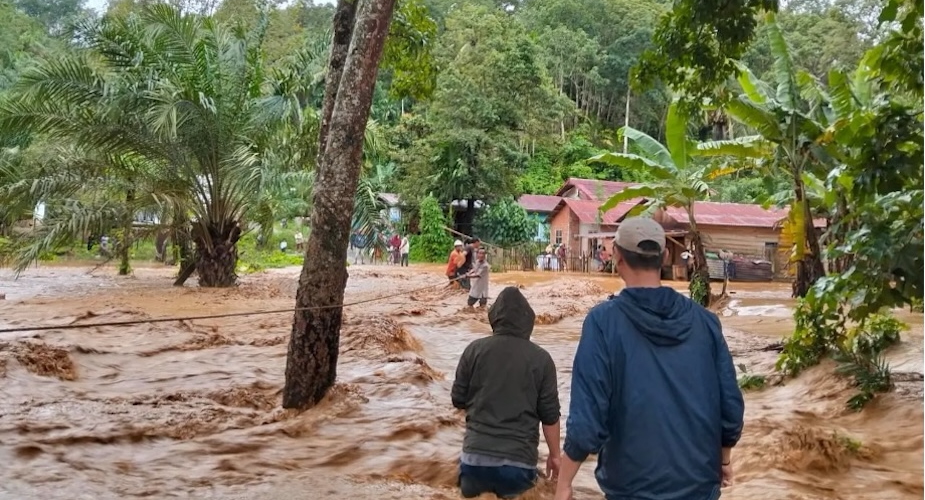The election: what is at stake?
ED ASPINALL
The elections were for 425 seats in the People's Representative Assembly (Dewan Perwakilan Rakyat, DPR). This is Indonesia's parliament, the body responsible for making laws. The DPR also contains 75 appointed Armed Forces (Abri) representatives. Abri members do not vote in the election.
Indonesia's super-parliament, the People's Deliberative Assembly (Majelis Permusyawarahan Rakyat, MPR) consists of the 500 members of the DPR, together with another 500 representatives of regional, party and 'functional group' representatives, who are effectively appointed by the president. This body is Indonesia's supreme law-making institution. It meets briefly once every five years. Its two chief functions are to elect a president and vice-president, and to enact the Broad Outlines of State Policy (Garis Besar Haluan Negara, GBHN). The MPR will next meet in March 1998.
The elections were also for members of regional parliaments at the provincial and regency levels (DPRD I and DPRD II).
The participants
Golkar (Golongan Karya, or 'Functional Groups') is the government's electoral vehicle. Its institutional backbone is the bureaucracy (especially the Department of Internal Affairs) and the military. Its origins go back to an army-devised competitor to the communist party in the 1960s. It was revised as an electoral machine for the 1971 elections, when it devastated the other parties, capturing almost 63% of the vote.
PPP (Partai Persatuan Pembangunan, United Development Party) was the product of a fusion forced on the four surviving Islamic parties in 1973. In subsequent years, the party was forced to sever all symbolic attachments to Islam, although it clearly retains an Islamic base.
PDI (Partai Demokrasi Indonesia, Indonesian Democracy Party) was also formed in 1973 as a result of a fusion of five secular nationalist and Christian parties. By far the most important of these was the old Sukarnoist Partai Nasional Indonesia. In late 1993, Megawati Sukarnoputri, the daughter of the first president, was elected to head the party, but she was ousted at a government-backed congress in June 1996.
The electorate
Approximately 125 million of Indonesia's 200 million people are qualified to vote. Minimum voting age is 17, younger for those who are married. Voters choose between party lists in province-wide electorates. Voting is non-preferential and seats are awarded on a proportional basis.
The rules
On top of routine but unofficial government intervention in the affairs of the two minority parties PPP and PDI, all parliamentary candidates must first undergo intensive screening by military intelligence agencies. It is forbidden to attack the state ideology, Pancasila, or the government as part of election campaigning. All campaign speeches and leaflets must first be vetted by the General Election Committee. Motor vehicle parades and the use of portraits are illegal in the campaign. The General Election Institute (Lembaga Pemilihan Umum, LPU) is charged with running the campaign and counting the votes. It is chaired by Golkar candidate and Minister of Internal Affairs, Yogie S. Memet.
Ed Aspinall teaches Indonesian studies at the University of New South Wales in Sydney.











